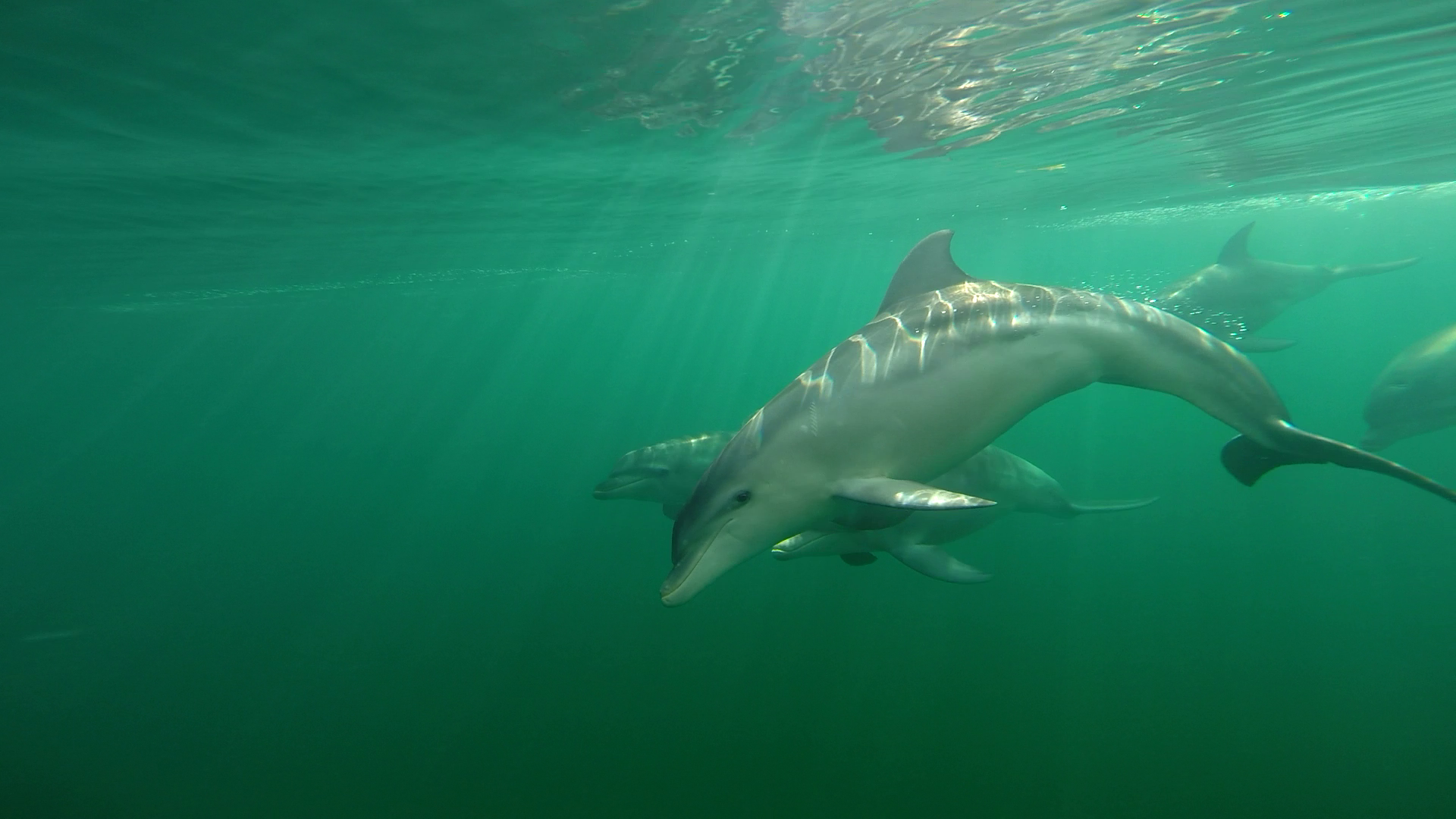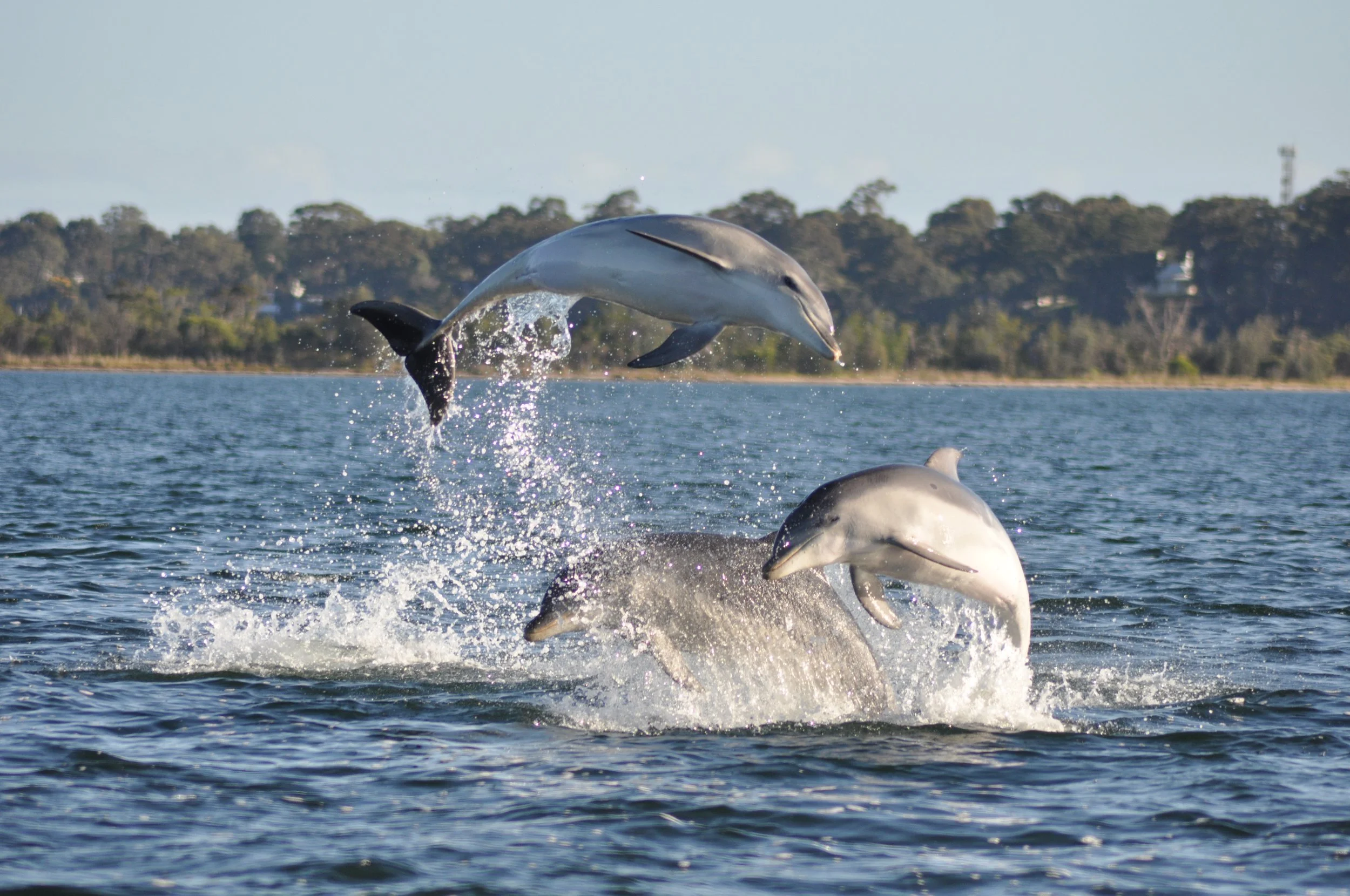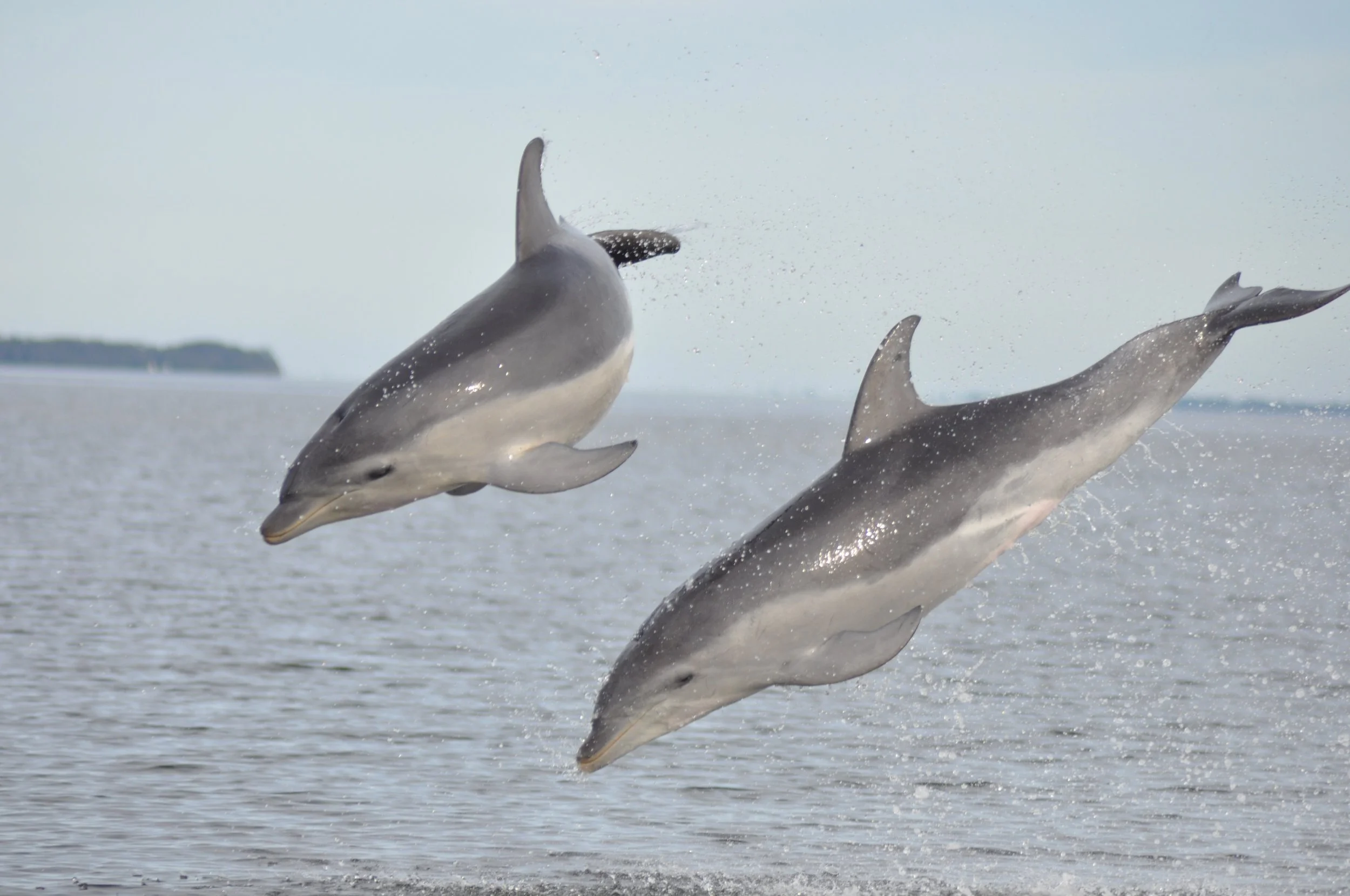
about our research programs
The Marine Mammal Foundation’s research programs advance the knowledge, conservation and protection of Australia’s marine mammals. Our established and internationally recognised research involves robust population modelling and demographic assessments; marine mammal record; geospatial mapping; acoustics; genetics; toxicology and food-web assessment… just to name a few!
Internationally recognised research with peer-reviewed publications, representation at worldwide conferences and events, and calibrations with numerous University and other research organisations
Real research that can be used to inform management, policy and mitigation against increasing threats through government stakeholder relations.
Whilst our research focus is marine mammals, we take a holistic approach to marine biodiversity using new and innovative research tools, to investigate environmental variables and drivers, food-web interactions and ecological processes.
Project Burrunan
Project Burrunan is MMF’s overarching and flagship research program, and is the only of its kind with a special focus on the newly described and critically endangered Burrunan dolphin. This research aims to protect and conserve this charismatic and endemic dolphin for future generations to enjoy.
our research programs
-

Marine Mammal Biodiversity
Assessing the marine mammal biodiversity in Australia's south-eastern marine region.
-

Acoustics
Understanding how dolphins are communicating with each other and interacting with their environment.
-

Underwater Eavesdropping: Corio Bay
Supported by GeelongPort, developing an understanding of the presence of Burrunan dolphins in Corio Bay.
-
Burrunan Dolphin MHC & Health Research
Genetic research to determine the immune capacity and overall health of the Burrunan dolphin.
-

Population Demographics
Investigating population demographics of both resident populations of the critically endangered Burrunan dolphin.
-
Burrunan Dolphin Social Structure
Understanding the social network structure of Burrunan dolphins within both resident populations.
-

Drivers of Distribution
Using geospatial mapping to assess environmental variables which affect the distribution of marine mammals.
-
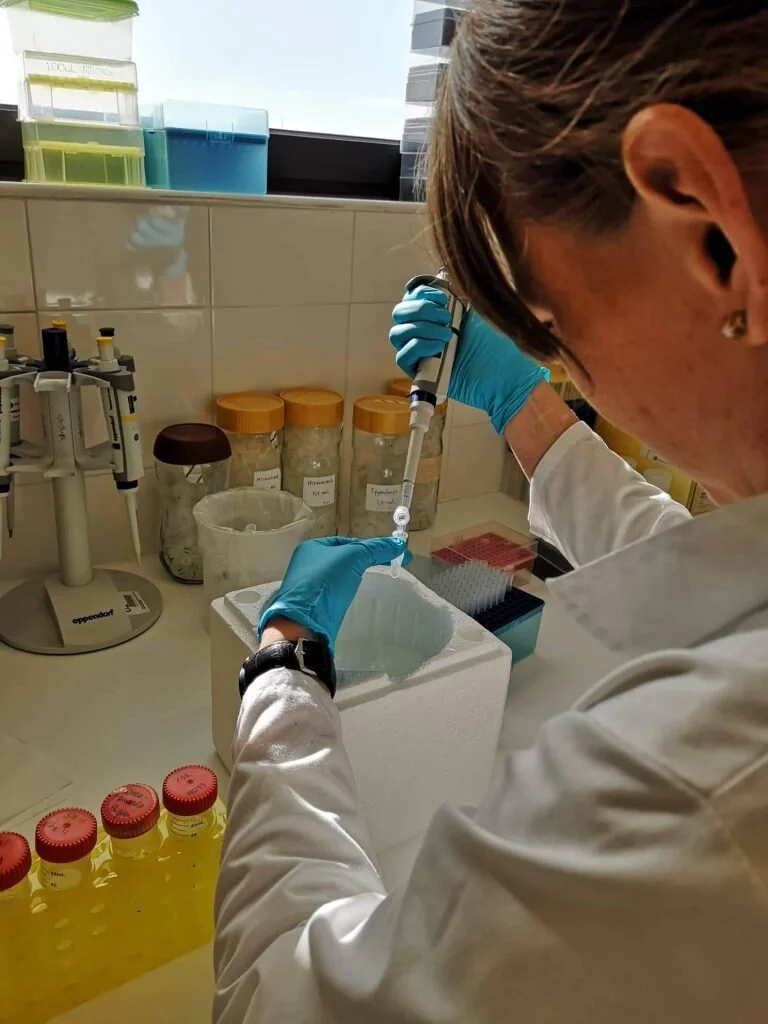
Toxicology
Assessing the health of marine mammals and trace the level of bioaccumulation of toxicants through the food-web.
-

Lesions & Freshwater Skin Disease
Monitoring the health of the Gippsland Lakes Burrunan dolphins following a mass mortality event.
-
Burrunan Genetics/Genomics
Unlocking the secrets of the Burrunan dolphins through genetic fingerprinting.
CHECK OUT OUR PUBLICATIONS
legacy research programs
-
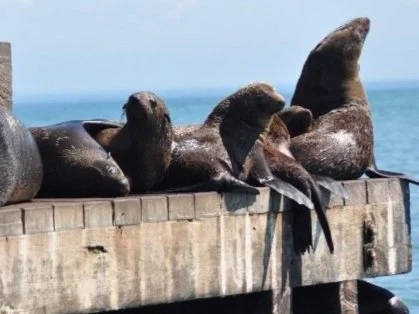
Effects of Disturbance on Seals
Assessing the levels of environmental and anthropogenic disturbance impacting the fur seals.
-

Vessel Impacts
Assessing vessel impact on Burrunan dolphin behaviour in the the Gippsland Lakes.
-

Cetacean Biodiversity Assessment
Undertaking a comprehensive biodiversity assessment of cetacean species in southern Australia.
-

Biotope Mapping
Identifying environmental characteristics for Burrunan dolphin areas of significance.
-

Mixed Species Associations
Understanding the drivers of missed species assemblages in marine mammals of Port Phillip Bay.
we rely on your contribution to undertake our research.
support us today!
-

SPONSORSHIP
Our sponsorship packages provide the opportunity for organisations and businesses to make an important contribution to the conservation of marine environments. Contact us today to discuss our sponsorship packages.
-

DONATION
Make a meaningful contribution to MMF and the conservation and protection of our marine environments through a tax-deductible donation towards our research, education and conservation initiatives.
-

ADOPT A MARINE MAMMAL
By adopting a dolphin or seal, you’ll be helping our researchers get out on the water to learn more about our iconic and endangered marine mammal species.
-

BECOME A MEMBER
As an MMF Member, you can help conserve and protect Australia’s amazing marine mammals for future generations, supporting our research, education and conservation initiatives.




